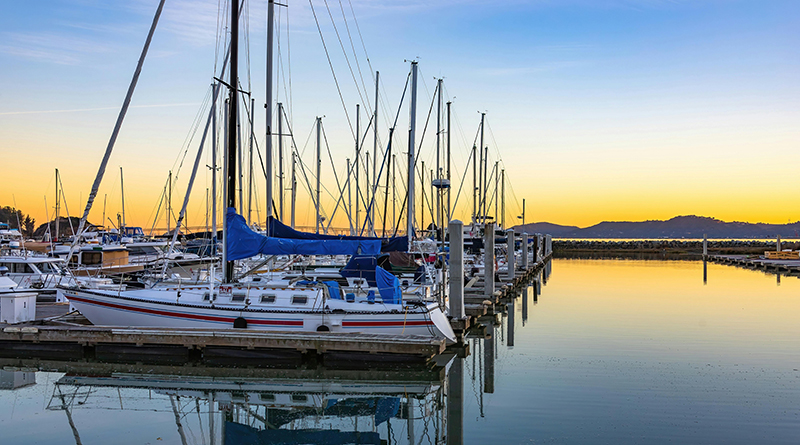The California Department of Fish and Wildlife is observing the 50th anniversary of the first designated “Wild Trout Waters” in the state, an innovative wild trout conservation and management routine at the vanguard of the nation’s modern environmental movement of the 1960s and 1970s— a designation still benefitting California anglers today.
In 1971, the California Fish and Game Commission adopted a Wild Trout Policy to provide the designation of “aesthetically pleasing and environmentally productive” streams and lakes to be managed exclusively for wild trout, where the trout populations are managed with appropriate regulations to be “largely unaffected by the angling process,” according to the CDFW.
The nonprofit, San Francisco-based wild trout conservation organization was formed the same year. CDFW’s Wild Trout Program, called the Heritage and Wild Trout Program, was created to protect and enhance the state’s wild trout fisheries while preserving wild trout fishing for the public. The program was born when the national consciousness began acclimating to negative impacts on natural resources, including population declines among fish, wildlife, and plant species.
In 1972, the Commission assigned 17 streams as Wild Trout Waters and has added to those waters every year since. Under the California Fish and Game Code, the Commission must...






